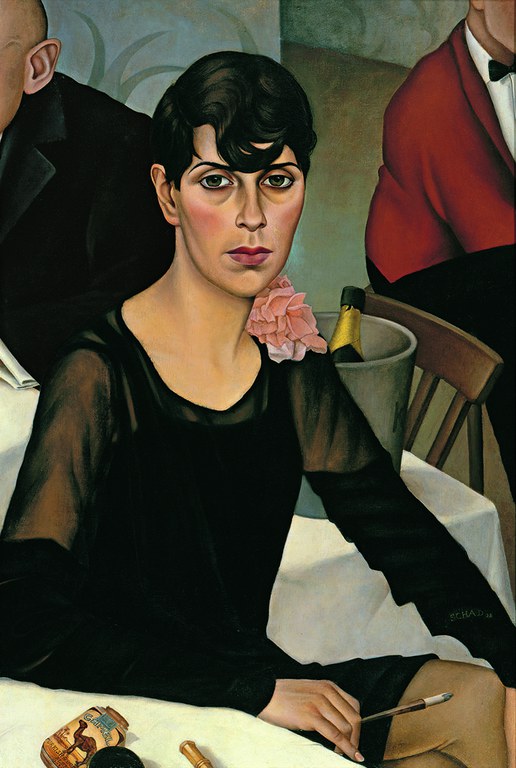Modern Art and Politics in Germany 1910–1945

Modern Art and Politics in Germany 1910-1945: Masterworks from the Neue Nationalgalerie, Berlin traces the German experience in modern art from the early twentieth century avant-gardes resisting the conservative imperial government, through the great artistic diversity of the democratic Weimar Republic, to the reactions from the artistic community against the National Socialist (Nazi) dictatorship. Some artists adapted to the regime in power, some fled the country, and others boldly resisted, sometimes with disastrous consequences.
This exhibition tells the story of powerful works of art, many of which were on display in the 1937 exhibition Degenerate Art where the National Socialists condemned modern art and ideas, or were created in response to that exhibition. Paintings and sculptures by major German artists including Ernst Ludwig Kirchner, George Grosz, Max Beckmann, Hannah Höch, and Paul Klee are juxtaposed with other experimental European artists of the period including Pablo Picasso, Wassily Kandinsky, Giorgio de Chirico, and Salvador Dalí. The exhibition is organized by the Neue Nationalgalerie-SMB and is accompanied by a catalog.
This exhibition is supported by an indemnity from the Federal Council on the Arts and the Humanities.
Image:
Christian Schad, Sonja, 1928, oil on canvas, 35.5 x 23.5 in., © Neue Nationalgalerie, Stiftung Preußischer Kulturbesitz, Berlin
